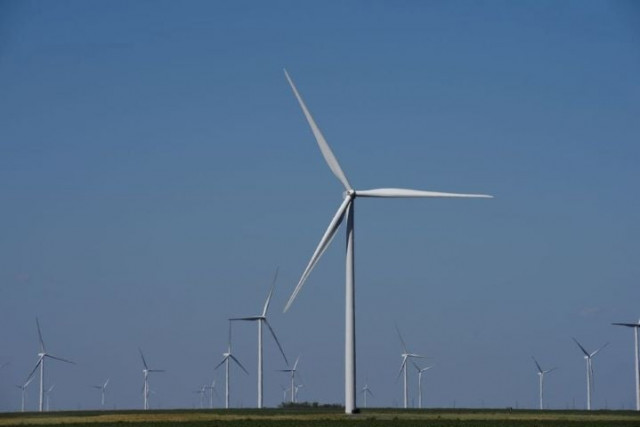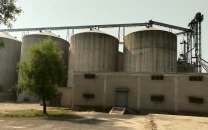From being energy deficient to energy inefficient
Every new govt resorts to criticising the past one for the mess

The energy problem of Pakistan has always been more of a political subject than a technical one.
Occasional on-the-move decisions and short-term planning have turned the situation worse with the passage of time. Every new government resorts to criticising the past one for the mess.
For example, the Pakistan Muslim League-Nawaz (PML-N) blamed the Pakistan Peoples Party (PPP) leadership for corruption and granting undue favours to the independent power producers (IPPs). The current Pakistan Tehreek-e-Insaf (PTI) government blames both of its predecessors for the ballooning circular debt, which touched a staggering Rs2.37 trillion and subsequently, the International Monetary Fund (IMF) demanded a further increase in electricity tariff by Rs1.4 per unit.
In the past, we were always told that the most expensive electricity is the one that we do not have, however, the excess capacity that we have built is not cheaper or cleaner either and not every megawatt is created equally.
Out of the total generation capacity of 37,271 megawatts, Pakistan’s reliance on thermal (including nuclear) sources stands at 68% while the remaining 32% is generated through renewable methods.
My two-year-old article titled “Coal share in electricity production may reach 18%” questioned the rising share of coal-based power generation in the thermal space, which has now increased to 32% and is expected to rise even further after new coal-based plants, having the capacity of 4,590MW, become operational by 2026.
The rising dependency on liquefied natural gas (LNG) and coal will prove to be a menace in the winter season considering the post-Covid disruption in the global supply chain and tighter energy and commodity markets in addition to a decline in output from renewable sources.
As a result, the price of Richard Bay coal has risen from $57 to $137 per tonne (140%) since the beginning of 2021 while the LNG cost (ex-GST by PSO) has hiked from $6.8 to $9.66 per mmbtu (41%) in the same period.
Now that we have surplus supply, we should finally focus on the transmission and distribution efficiency of the entire power network.
In my article “Power companies can reduce T&D losses despite limitations”, I highlighted the responsibilities of power distribution companies for reducing the technical losses.
However, according to the State of Industry Report 2021, released by the National Electric Power Regulatory Authority (Nepra), the distribution losses in the CPPA-G system stand at 17.95% whereas K-Electric’s losses add up to 20.6%, culminating in total losses of 25,915 GWh for the complete system.
On the other hand, due to frequent power failures and unplanned load-shedding, industrial consumers are relying mainly on captive power plants instead of using grid supply, which is further inflating the circular debt.
Nationwide blackout incidents such as the one witnessed in January 2021 coupled with occasional tripping of power lines have exposed the vulnerabilities of the distribution network.
Now that the PTI government has moved from the “take or pay” to “take and pay” strategy, it should press ahead with the transition from a monopolistic and regulated energy market to a competitive/ tradable and market-based model.
This transformation will eventually force the power generating/ distributing companies to improve their efficiencies, break monopolistic controls of single power utility companies such as K-Electric and introduce a micro-grid system to reach out to the far-flung areas that are currently off grid.
On the consumer side, incentives have to be provided to the residential and commercial users to motivate them to introduce technologies such as a central/ district heating and cooling system as well as energy efficient manufacturing processes and equipment to reduce waste.
At the government level, a mass transportation system should be developed in megacities with electric buses and metro infrastructure rather than promoting individuals to buy electric or fuel-operated vehicles, which are neither economically favourable nor feasible due to the absence of a nationwide charging network.
As the PTI government is playing its final inning in the run-up to the election, they should not give in to the IMF pressure and penalise the honest consumers any further for the inefficiencies, losses and theft. Instead, the government should create a more competitive and market-driven power generation and distribution system to fuel its ambitious growth plans.
The writer is a financial market enthusiast and is attached to Pakistan’s stocks, commodities and emerging technology
Published in The Express Tribune, October 18th, 2021.
Like Business on Facebook, follow @TribuneBiz on Twitter to stay informed and join in the conversation.



















COMMENTS
Comments are moderated and generally will be posted if they are on-topic and not abusive.
For more information, please see our Comments FAQ